Discover 11 hidden attractions, cool sights, and unusual things to do in Hilo (United States). Don't miss out on these must-see attractions: Rainbow Falls, Hawaii Tropical Botanical Garden, and Hoʻolulu Park. Also, be sure to include Liliuokalani Park and Gardens in your itinerary.
Below, you can find the list of the most amazing places you should visit in Hilo (Hawaii).
Table of Contents
Rainbow Falls
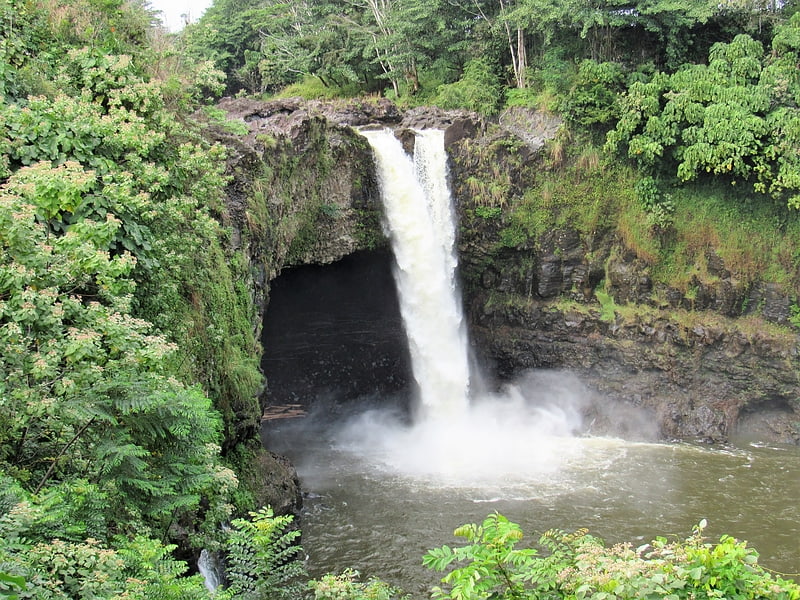
Waterfall in Hawaii. Rainbow Falls is a waterfall located in Hilo, Hawaii. It is 80 ft tall and almost 100 ft in diameter. The falls are part of the Hawai'i State Parks. There is no fee to see the falls.
At Rainbow (Waiānuenue) Falls, the Wailuku River rushes into a large pool below. The gorge is blanketed by lush, dense nonnative tropical rainforest and the turquoise-colored pool is bordered by beautiful, although nonnative, wild ginger. Monstera is also in abundance. The falls are accessible via Wailuku River State Park, Waiānuenue Avenue, coordinates 19°43′9″N 155°6′34″W, and are best seen from the park's viewing platform.
Known in the Hawaiian language as Waiānuenue (literally "rainbow water"), the falls flows over a natural lava cave, the mythological home to Hina, an ancient Hawaiian goddess.
Rainbow Falls derives its name from the fact that, on sunny mornings around 10 am, rainbows can be seen in the mist thrown up by the waterfall.[1]
Address: Waianuenue Avenue, 96720 Hilo (South Hilo)
Hawaii Tropical Botanical Garden
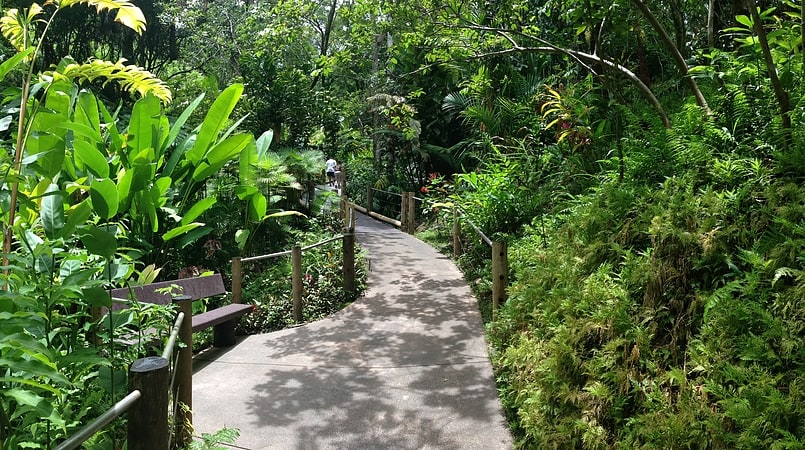
Botanical garden in the Hawaii County, Hawaii. The Hawaii Tropical Bioreserve and Garden is a nonprofit botanical garden and nature preserve located on the 4 mile scenic route off of Route 19 at 27-717 Old Māmalahoa Highway, Pāpa'ikou, Hawaii, Hawaii. It is open daily except Thanksgiving, Christmas, and New Year's Day. An admission fee is charged to the general public.
The garden is located in a scenic valley opening out to Onomea Bay, and features streams, waterfalls and a boardwalk along the ocean. It was created by Dan J. Lutkenhouse, who purchased the property in 1977 and began to develop it as a botanical garden. It opened to the public in 1984, and was donated by the Lutkenhouses to a nonprofit trust in 1995.
Today the garden contains over 2,000 plant species, representing more than 125 families and 750 genera, with good collections of palms (nearly 200 species), heliconias (more than 80 species), and bromeliads (more than 80 species). Some of the garden's mango and coconut palm trees are over 100 years old.
The garden combines water and flora: A three-tiered waterfall (Onomea Falls) provides one of several water views which include Boulder Creek and the lava tubes on Onomea Bay.[2]
Address: 27-717 Old Mamalahoa Hwy, 96781-7746 Papaikou (South Hilo)
Hoʻolulu Park

Hoʻolulu Park is a 56-acre park and recreation center operated by the County of Hawaiʻi in Hilo, Hawaii, east of the Wailoa River State Recreation Area and downtown Hilo, and west of Hilo International Airport. The venues are named for prominent figures from the Hilo area, including Hilo High School basketball coach Ung Soy "Beans" Afook, boxer and sports promoter Richard "Pablo" Chinen, coach and complex supervisor Aunty Sally Kaleohano, swim coach Charles "Sparky" Kawamoto, youth sports organizer Walter Victor, and sports booster Dr. Francis F.C. Wong. Hoʻolulu Park also is the site of the Edith Kanakaʻole Multi-Purpose Stadium, which hosts nationally prominent events, including the Hilo Orchid Show and the Merrie Monarch Festival.[3]
Liliuokalani Park and Gardens
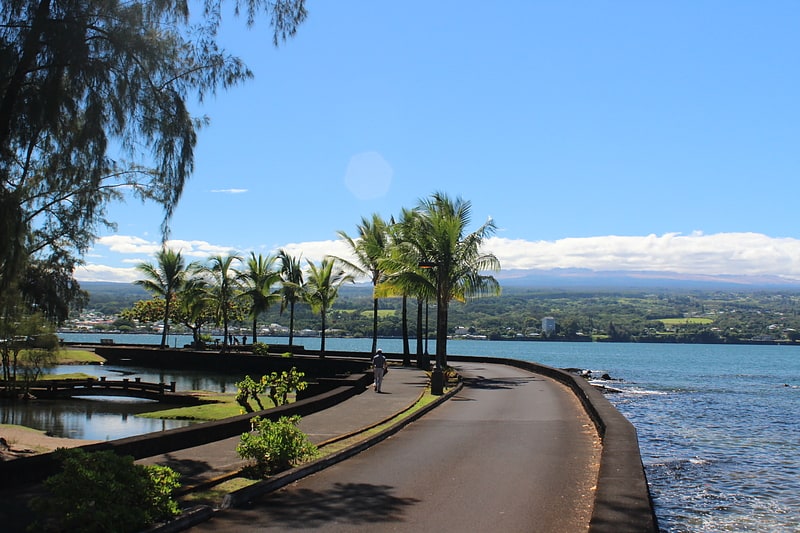
Park in Hilo, Hawaii. Liliʻuokalani Park and Gardens is a 24.14-acre park with Japanese gardens, located on Banyan Drive in Hilo on the island of Hawaiʻi.
The park's site was donated by Queen Liliʻuokalani, and lies southeast of downtown Hilo, on the Waiakea Peninsula in Hilo Bay. Much of the park now consists of Edo-style Japanese gardens, built 1917-1919, and said to be the largest such gardens outside Japan. The gardens contain Waihonu Pond as well as bridges, ponds, pagodas, statues, torii, and a Japanese teahouse.
Included in the park is the small island called Moku ola, (also known as Coconut Island), connected to the park by a footbridge. It is a good place for a picnic, and some limited swimming. The name Moku ola literally means "island of life" in the Hawaiian language, since it was the site of an ancient temple dedicated to healing. There is a stone tower on the east side of the island which is the remnant of the old footbridge which was destroyed by a tsunami. From Coconut Island one has a great view of Hilo Bayfront, Downtown Hilo, and the rest of Hilo Bay. To the east, you can see the massive breakwater protecting Hilo Bay. It is located at coordinates 19°43′36″N 155°4′6″W. It is maintained by the County of Hawaii and non-profit Friends of Liliuokalani Gardens.
The park is a popular location for public events, exercise, and dog-walking.[4]
Address: Lihiwai St, 96720 Hilo (South Hilo)
Kealoha Beach Park
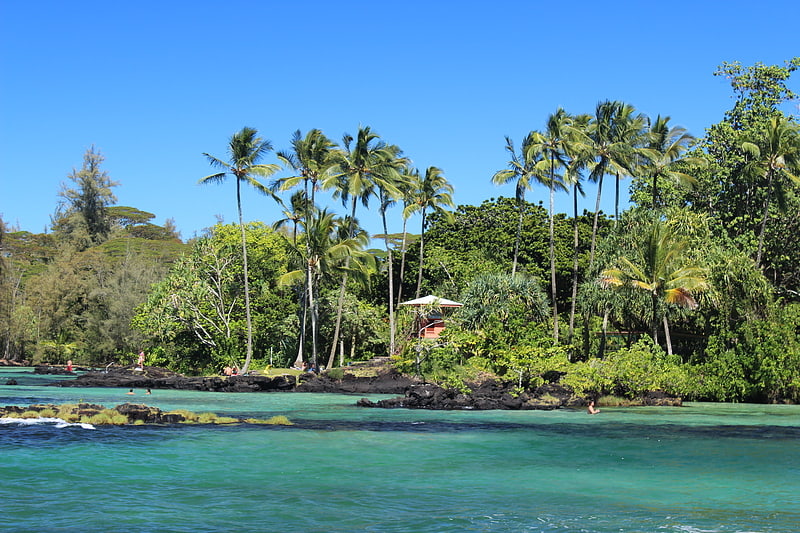
James Kealoha Beach Park is a swimming and snorkeling beach located in the Hilo district on the Island of Hawai'i. It is known locally as '4-mile' beach, as its location is exactly 4 miles from the Hilo town post-office. Showers and restrooms are located there, as is a lifeguard tower
The beach is named after James Kealoha who was the first Lieutenant Governor of Hawaii in the administration of Governor of Hawaiʻi William F. Quinn. Prior to his election as Lieutenant Governor, Kealoha served a number of years as a legislator on Hawaii island, distinguishing himself as a respected leader. The beach is located at the intersection of Kalaniana'ole Avenue and Keaukaha Road. Parking is available in the public lot, as well as off of Kalaniana'ole Avenue.[5]
Kaumana Cave
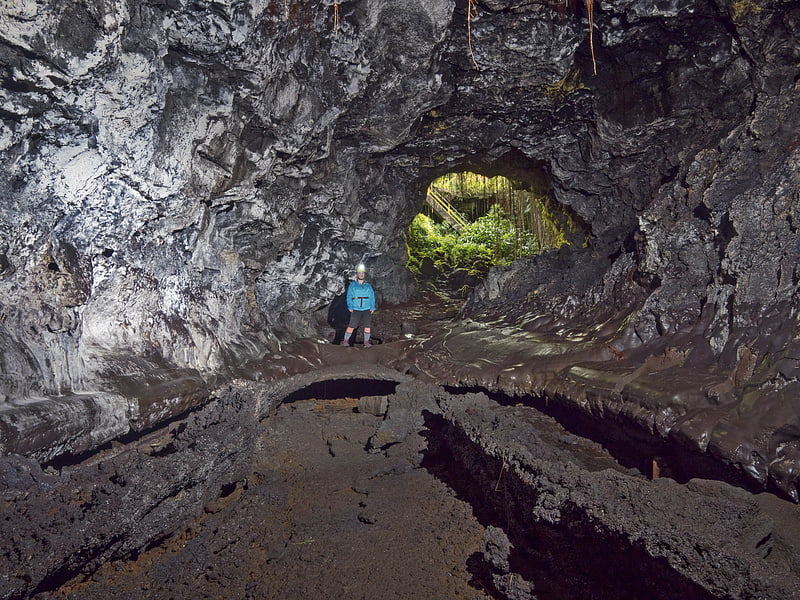
Kaumana Cave is a lava tube created by a 1881 lava flow from Mauna Loa. The tube has been surveyed at 2.026 miles long making it the 57th longest lava tube in the world.
The cave is located on the island of Hawaiʻi near the city of Hilo.
A collapsed skylight provides easy access to two of the tube's entrances which became a tourist attraction. Some parts of the tube are located under private property, and so are some of the entrances.[6]
S. Hata Building

The S. Hata Building is a historic structure in Hilo, Hawaii built by Japanese businessman Hata Sadanosuke in 1912. It now contains specialty shops, professional offices, and a Cafe Pesto restaurant.[7]
Lyman House Memorial Museum

Museum in Hilo, Hawaii. The Lyman House Memorial Museum, also known as the Lyman Museum and Lyman House, is a Hilo, Hawaii-based natural history museum founded in 1931 in the Lyman family mission house, originally built in 1838. The main collections were moved to an adjacent modern building in the 1960s, while the house is open for tours as the island's oldest surviving wood-framed building.[8]
Address: 276 Haili St, 96720-2978 Hilo (South Hilo)
Pacific Tsunami Museum
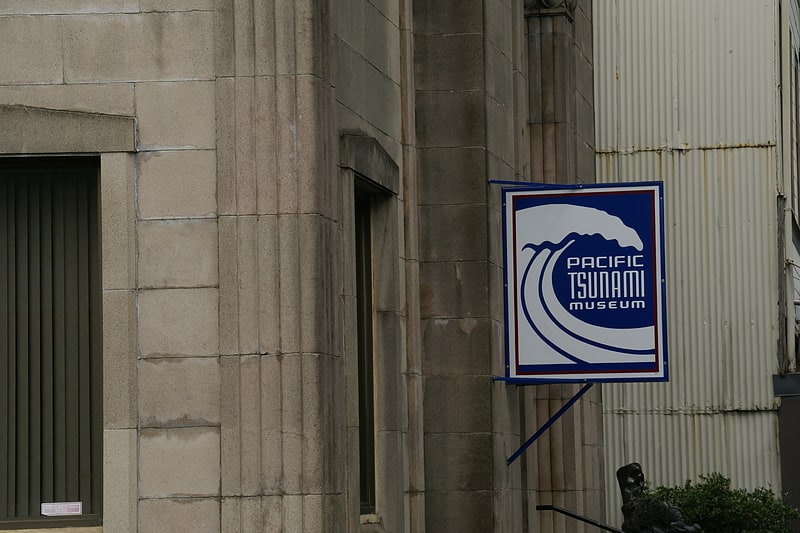
Museum in Hilo, Hawaii. The Pacific Tsunami Museum is a museum in Hilo, Hawaii dedicated to the history of the April 1, 1946 Pacific tsunami and the May 23, 1960 Chilean tsunami which devastated much of the east coast of the Big Island, especially Hilo. The museum also has a mission to educate people in general about tsunamis, including the 2004 Indian Ocean earthquake and tsunami. It is located at 130 Kamehameha Avenue, at the intersection of Kamehameha and Kalakaua in downtown Hilo.
One of the founders of the museum, Dr. Walter Dudley, serves as Chairman of the museum's Scientific Advisory Council.[9]
Address: 130 Kamehameha Ave, 96720-2833 Hilo (South Hilo)
University of Hawaii at Hilo Botanical Gardens
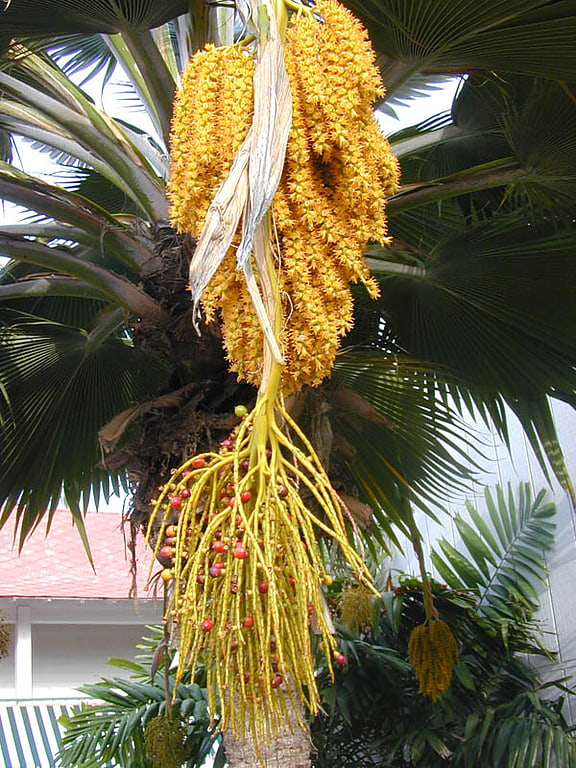
The University of Hawaiʻi at Hilo Botanical Gardens are botanical gardens on the University of Hawaiʻi at Hilo campus, located at 200 West Kawili Street, Hilo, Hawaiʻi on the island of Hawaiʻi. They are open daily without charge.
The gardens were established by UH-Hilo professor Don Hemmes at some time in the 1980s, after a student said that they had never seen a pine tree before.
The gardens contain one of Hawaiʻi's best cycad collections, with nearly a hundred species from Africa, China, North and Central America, and Australia. It also contains an international collection of palm trees, and almost all species of Hawaiian Pritchardia. Since the gardens are located in a windward area of the university campus, they get a substantial amount of rain.[10]
Richardson Beach

Richardson Beach is a Hawaii County park located just east of Hilo, Hawaii, on the Big Island of Hawaii. Adjacent is the Lele'iwi Beach Park.[11]
Address: 2279 Kalanianaole Ave, 96720 Hilo